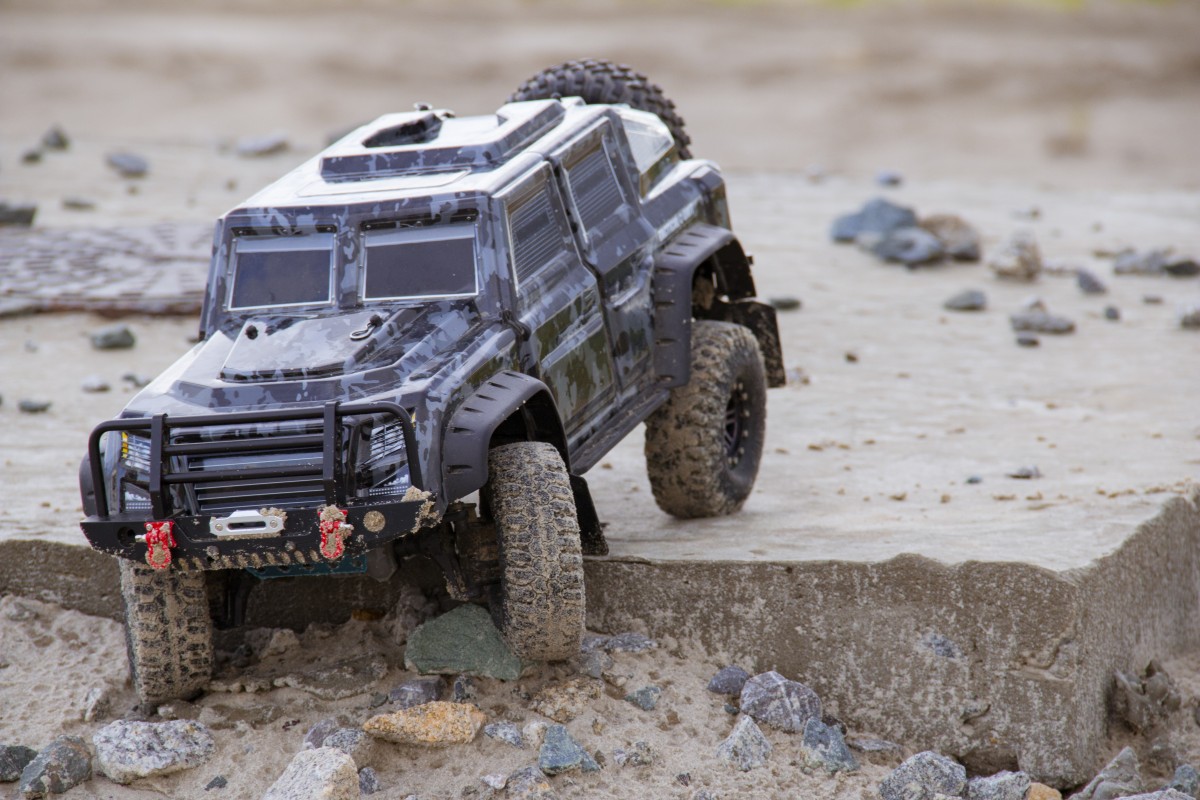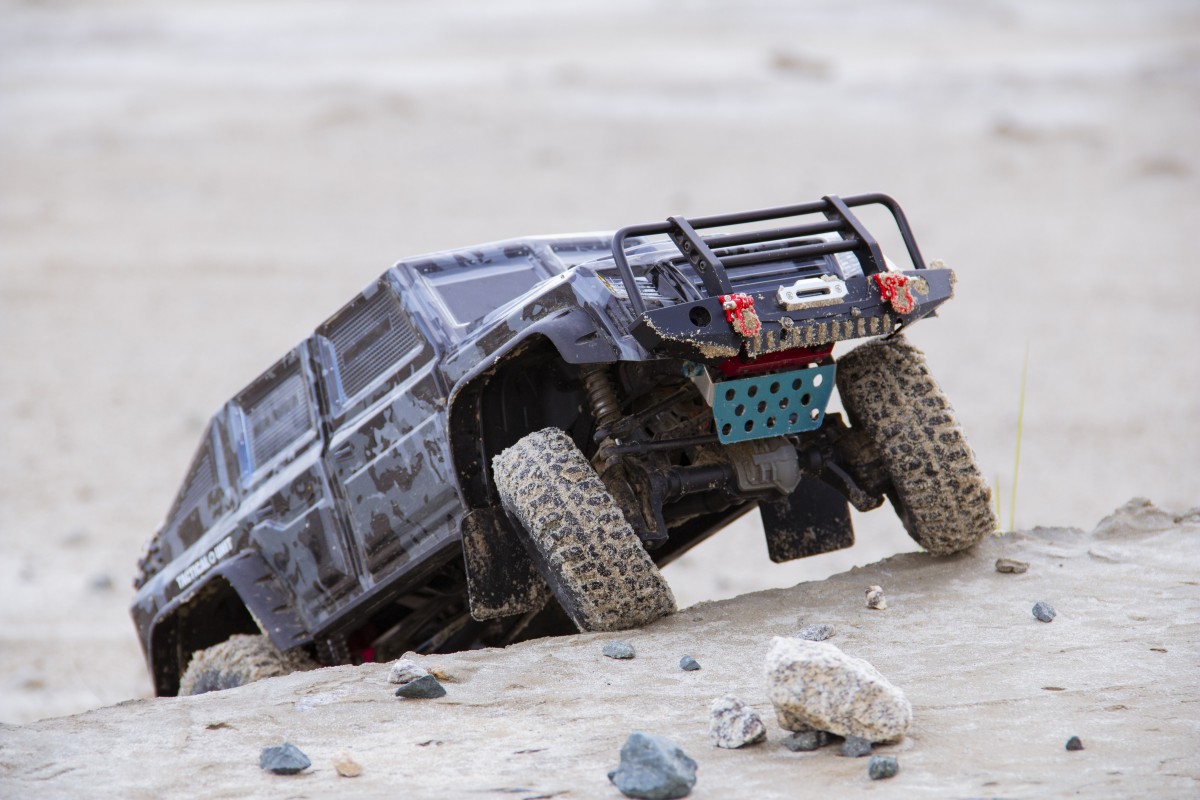A vehicle equipped with a leveling system has a constant ground clearance (distance between the lowest point of the vehicle and the ground with a vehicle weight in running order). This guarantees comfort, road holding, and adaptation to the terrain. Let’s review these different techniques.
The purpose of ride height adjustment is to maintain a constant ground clearance, i.e., to guarantee the same height between the lower body and the road in all circumstances. This solution makes it possible to preserve the horizontality of the car’s body.
Each half of the car’s suspension has a body height sensor. This information is sent to an intelligent box through electrical impulses. The translation of these electrical values allows the ECU to evaluate the need for leveling and to control actuators by electrical, pneumatic, or hydraulic energy to modify the position of the body.
Leveling control devices
There are currently different devices that allow correcting the suspension of a vehicle:
- Hydraulic suspension correction system
- Hydractive suspension correction
- Air suspension correction system
- Electromagnetic suspension
The hydraulic suspension correction system
The best-known device is the leveling system used and designed by Citroën. Initiated in the 1950s (Citroën Traction, then DS, GS, CX), it consists of mechanical body height sensors connected to a hydraulic pressure unit driven by the engine. The latter varies the hydraulic pressure in each suspension. A spool valve system allows to adjust of the height dynamically according to the position of the sensors, and 3 height ranges are available:
– fully lowered rest position;
– intermediate road position;
– high position for very low-speed crossing or wheel replacement.
The hydractive suspension correction
The hydractive suspension correction is an evolution of the previous one. It integrates electronic control, which allows :
– an optimum comfort use;
– a dynamic use favoring the road holding by modulating the hardness of suspensions and their reactivity;
– various driving styles (sporty with lowering the suspension according to speed, more reactive suspension for winding roads, etc.).
The air suspension correction system
The air suspension system consists of airbags in place of the original suspensions. They receive variable air pressure from an electric compressor. The correction of attitude is carried out while driving or in static.
The electromagnetic suspension
Electromagnetic suspension is developed by Bose, an American company specializing in electronics and sound. It uses the principle of variable intensity opposition between two electromagnets, which replace the shock absorbers, thus allowing the ride height adjustment. This technology has not yet convinced car manufacturers who do not use it on their models.
The different types of vehicles equipped with original height adjusters

We note that some vehicles are equipped with original height adjusters, such as
– Passenger cars, such as family minivans.
– Ambulances for a smoother suspension and a lowering of the body height at standstill to facilitate the placement of the stretcher.
– Some commercial vehicles, mainly to lower the loading threshold.
– 4×4 vehicles to facilitate obstacle clearance.
– Motor homes to maintain a constant level regardless of the load and to stabilize the vehicle when parked horizontally.
Good to know: these types of equipment are also found in tuning, mainly to lower the vehicle for aesthetic purposes, with the possibility of overcoming obstacles if necessary (sidewalks, speed bumps…).
Price of a leveling equipment
The hydraulic and hydractive correction systems are original fittings. Only the pneumatic system can be fitted in kit form for special vehicles (ambulances), commercial vehicles, and camping cars.
The price ranges from $800 for rear correction equipment (camper type) to $3,000 for a complete front and rear kit, such as a car tuning transformation.

